UN atomic bomb exhibition to continue as reminder of devastation
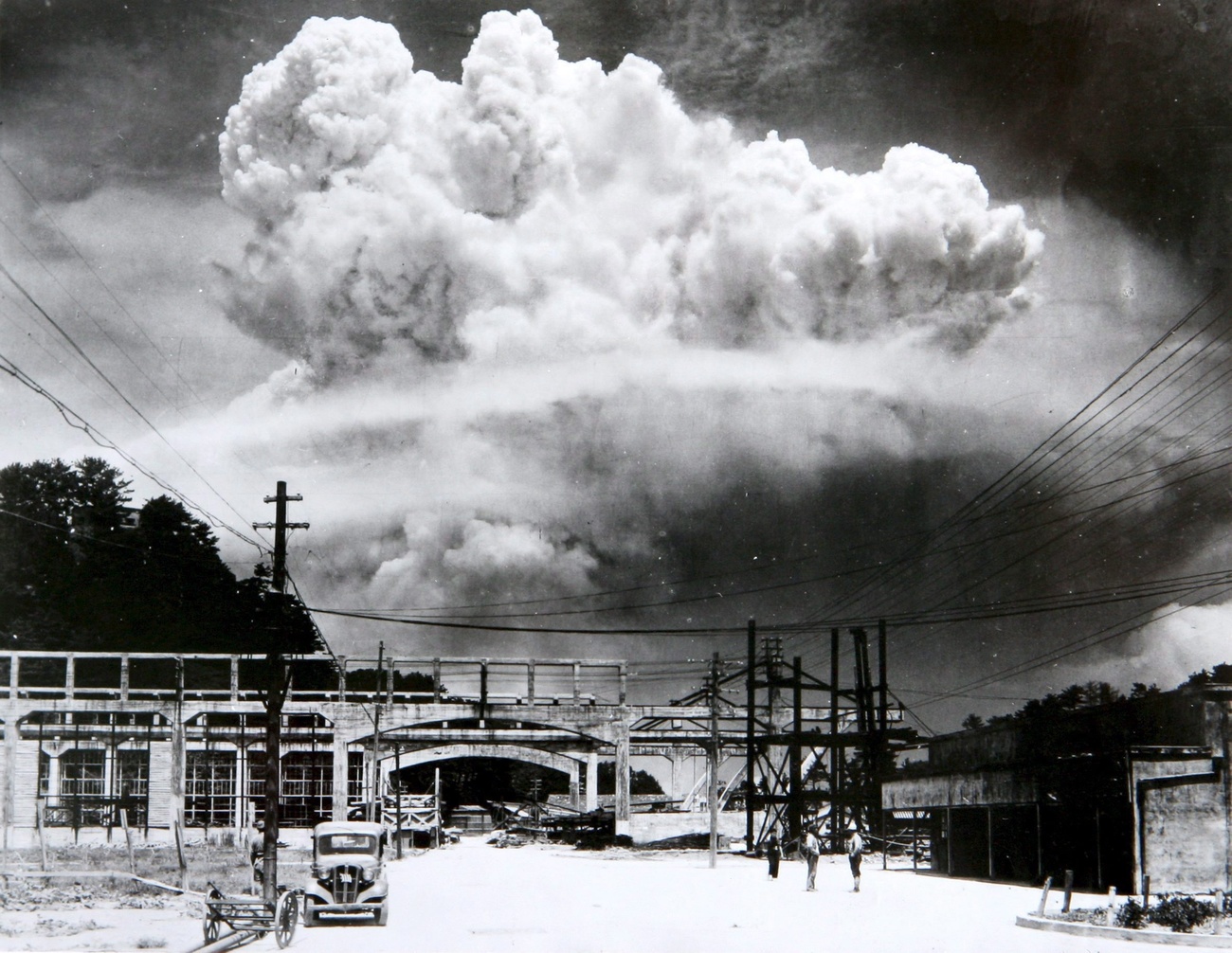
The collection from Hiroshima and Nagasaki on display at the United Nations in Geneva has just been renewed for another decade.
The UN in Geneva, where disarmament conferences take place, has for the past ten years been home to a permanent display of objects that attest to the horrors of the atomic bombings. On display are panels of photographs of landscapes that were devastated in an instant by the bombs; a piece of the outer wall of Urakami church in Nagasaki, which was located very close to the centre of the explosion and was dismantled after the war; and fragments of glass and ceramics melted by the heat of the bomb. The sites and objects are so mangled that they are difficult to identify at first sight.
August 2021 marks the 76th anniversary of the atomic bombings of Hiroshima and Nagasaki. At the Peace Memorial Ceremony of the atomic bombing on August 6, Hiroshima Mayor Kazumi Matsui made a peace declaration: “Together with Nagasaki and likeminded people around the world, we pledge to do everything in our power to abolish nuclear weapons and light the way toward lasting world peace”.
“With respect to the Japanese government, I request productive mediation between the nuclear and non-nuclear weapon states,” he added. The Nagasaki Peace Declaration contained similar statements and also called on the Japanese government to join discussions on the Treaty on the Prohibition of Nuclear Weapons (TPNW) as an observer. It declared that “Nagasaki must be the last A-bombed city”.
Slow discussions
Meanwhile, the debate on nuclear disarmament has been slow. In January, the TPNW, which outlaws the development and possession of nuclear weapons, entered into force. But no nuclear weapon states have joined the treaty. Nor has Japan, the only country to have experienced a nuclear attack.
Switzerland has also extended its discussion on ratifying the TPNW to the end of 2021 and is cautious about signing the treaty. While two nuclear bombs were used in Hiroshima and Nagasaki, there are 13,400 nuclear bombs in the world today.
Tatiana Valovaya, Director-General of the UN in Geneva, says that the atomic bomb exhibition in the lobby of Building E is meant to continue to influence the discussion over the abolition of nuclear weapons.
“This exhibition will continue to serve as a reminder of what happened over three-quarters of a century ago. Located at the heart of the world’s disarmament capital, it will provide the international community in Geneva with an inspiration to work towards a nuclear-free world,” she says.
The UN and the Japanese government agreed on August 9 to extend the exhibition for another ten years.

In compliance with the JTI standards
More: SWI swissinfo.ch certified by the Journalism Trust Initiative
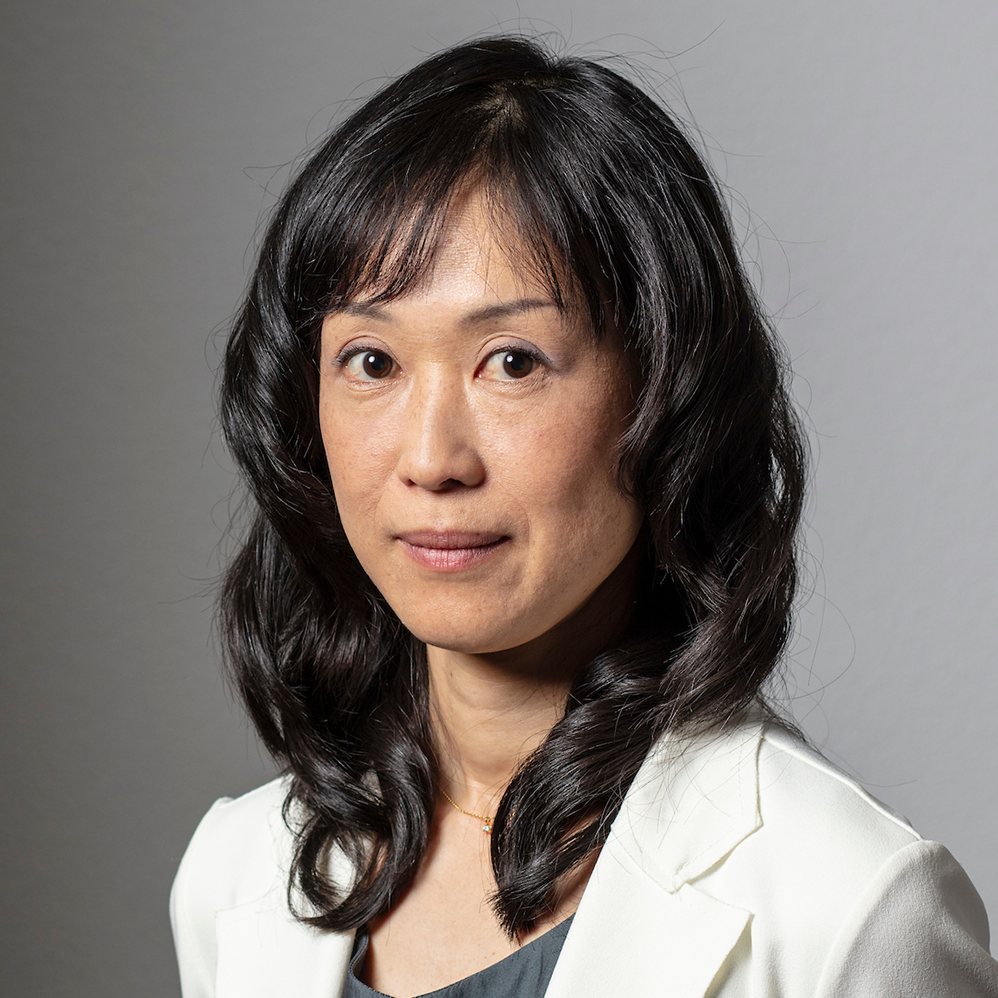









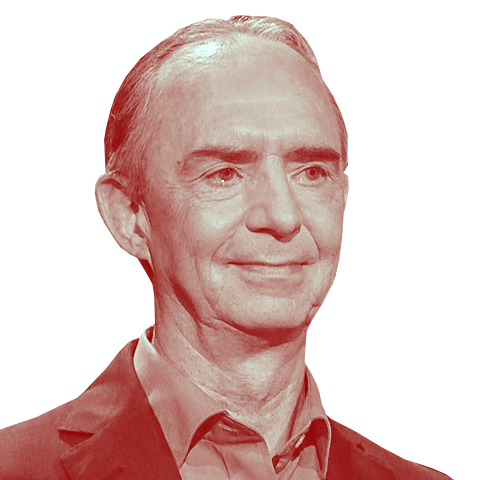
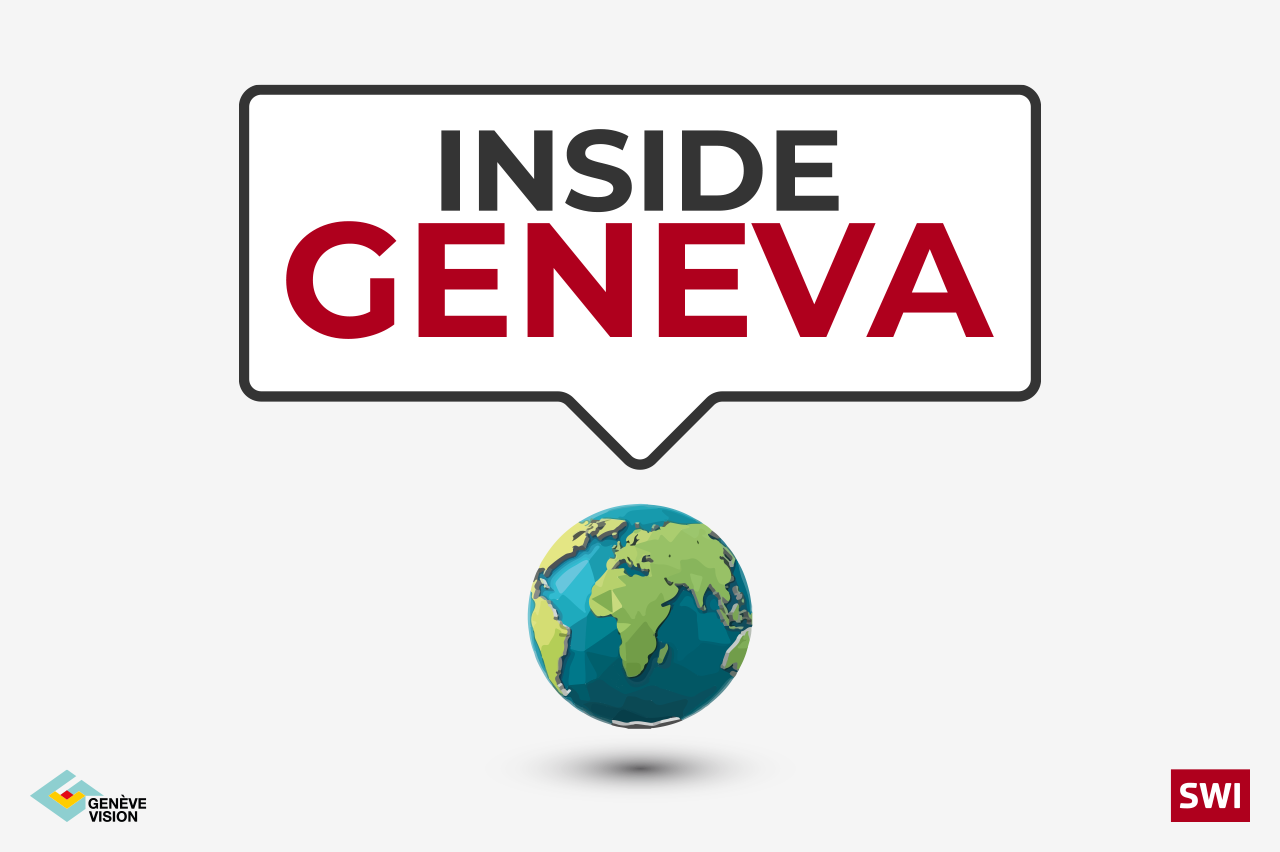
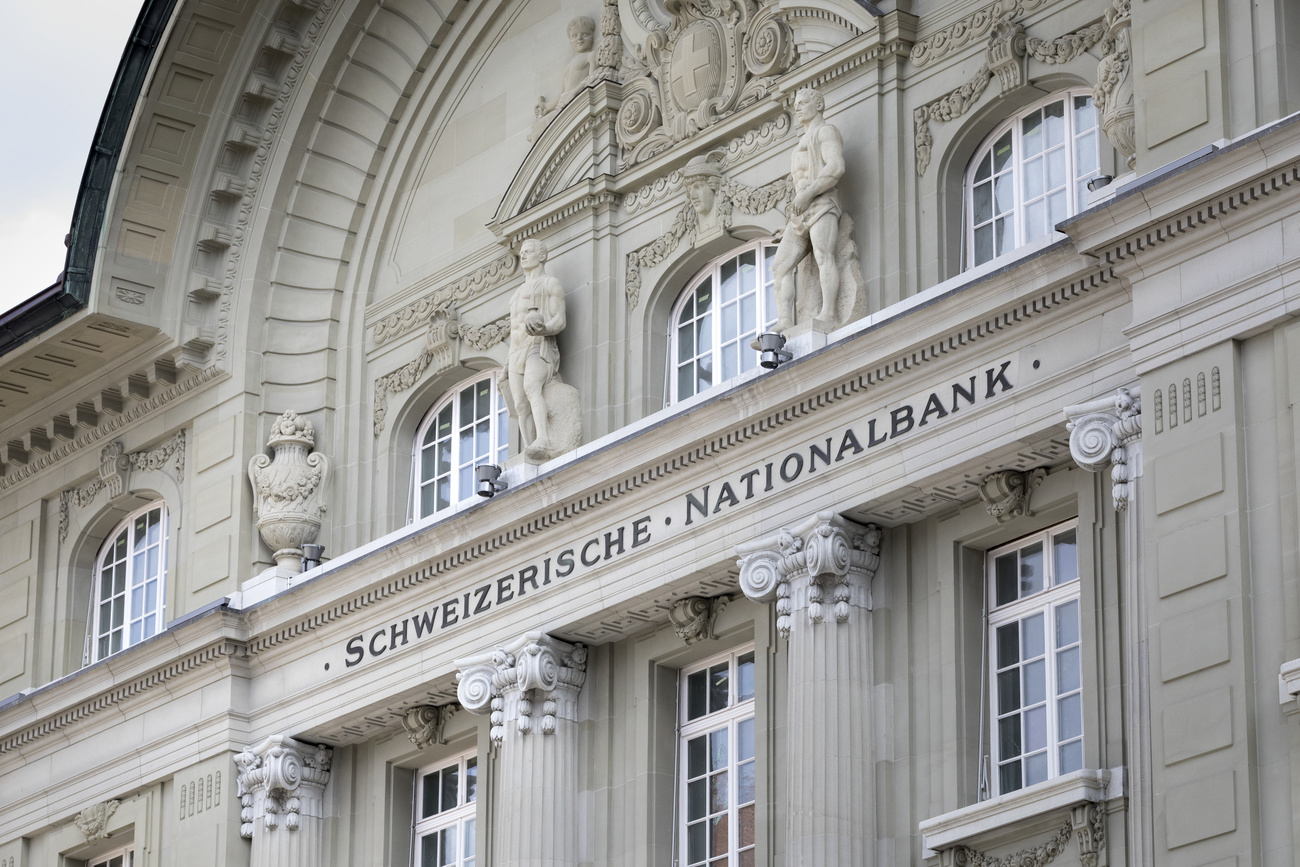

You can find an overview of ongoing debates with our journalists here . Please join us!
If you want to start a conversation about a topic raised in this article or want to report factual errors, email us at english@swissinfo.ch.